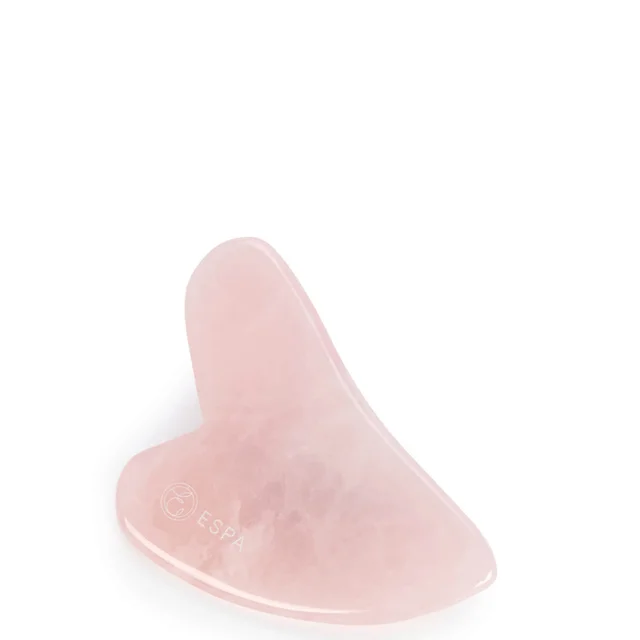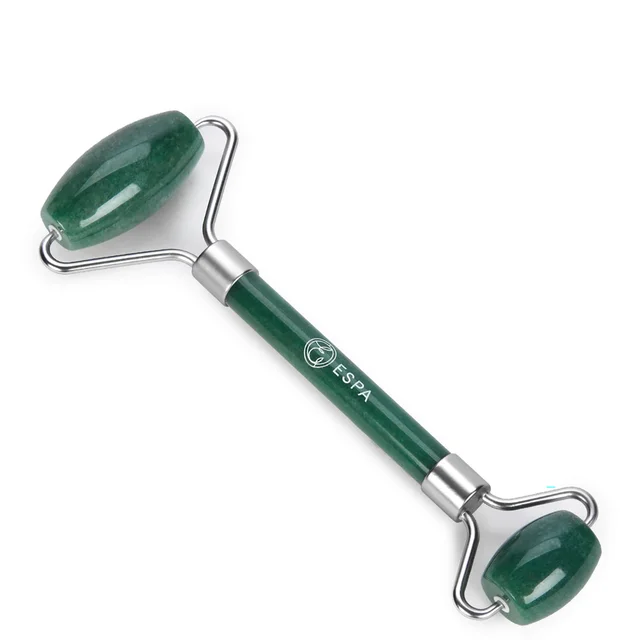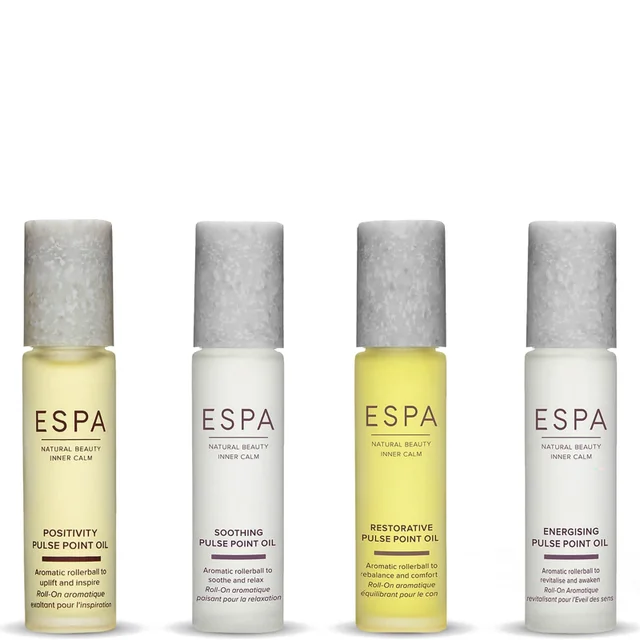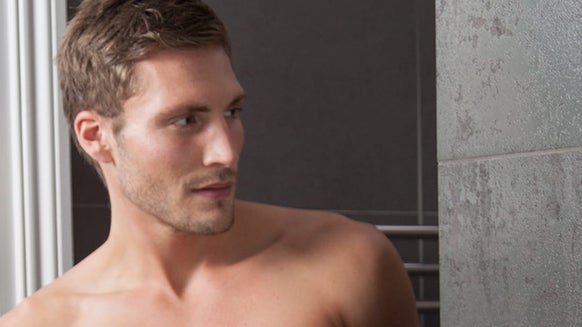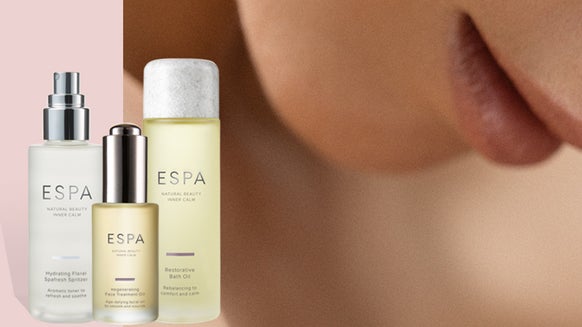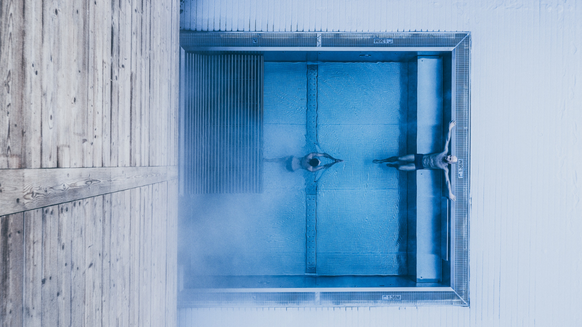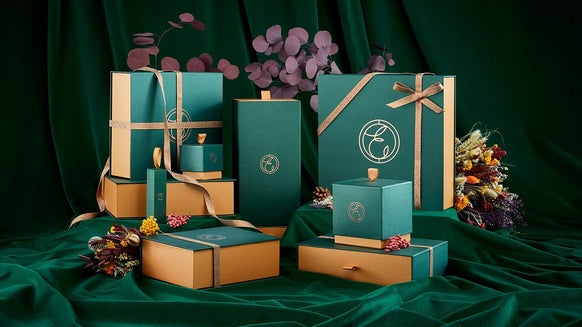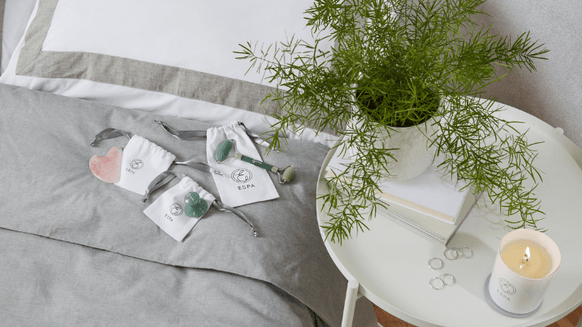A Beginner’s Guide to Cold Therapy
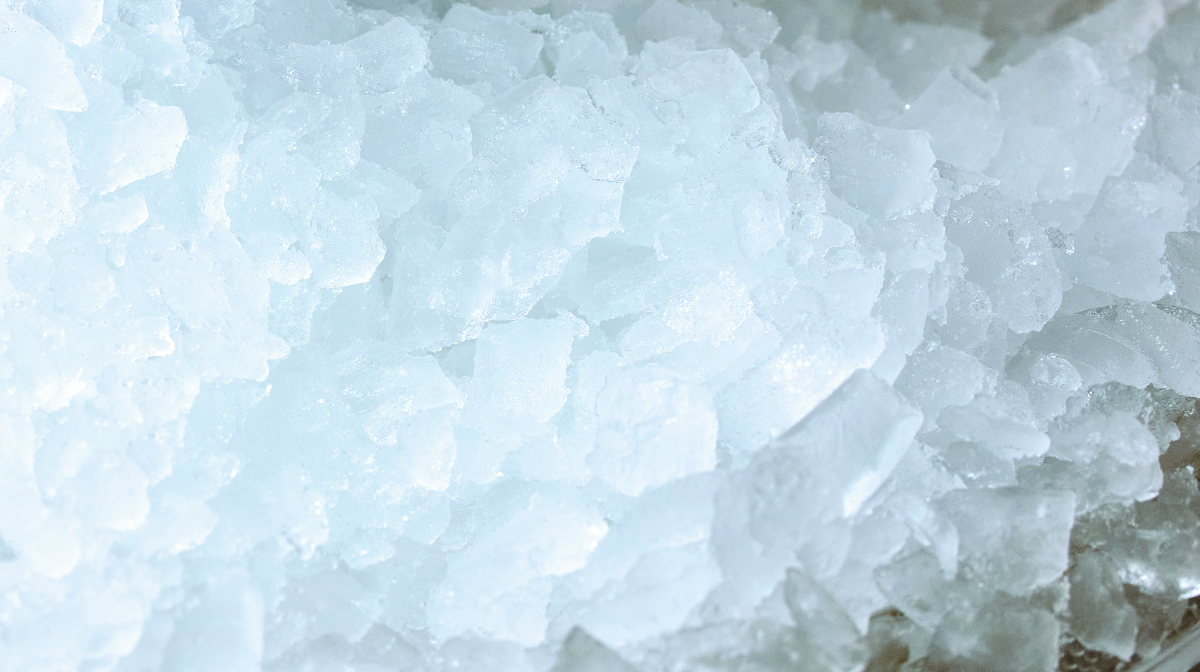
As the rise of ice baths, cold dips and facial cryotherapy continues to grow, temperature-based treatments are retaining recognition for their renewing and rejuvenating effects on our mind, muscles and bodies. Falling under a category called ‘cold therapy’, these techniques involve subjecting ourselves to the chill of very low temperatures for their refreshing properties – and can be as extreme or minimal as you like.
The holistic approach ranges from full-body immersion therapy to taking a set of cryotherapy globes and gliding them across the skin, and can be achieved at home or in a spa.
If you’ve ever wondered why wellness enthusiasts commit to an icy soak or why adventurists dive into cold waters out of free will, then keep reading as we explain why embracing the cold can be a beneficial, non-intimidating self-care strategy and how you can take part.
Types of Cold Therapy
Cold therapy is an overarching umbrella that covers an array of temperature treatments. There are immersive methods, that include submerging yourself fully or partially into water or ice, and non-immersive methods, that target specific areas of the body for those who may prefer milder exposure.
We’ve highlighted a few of the most popular ways you can incorporate cold therapy below:
Ice Bath
Channel your inner Wim Hof with this head-to-toe dip, designed to improve circulation and aid muscle recovery. If you are interested in this type of cold therapy, ensure you start slow and stay in the tub no longer than five minutes to begin.
Cold Water Dip
Like an ice bath, this cold water immersion involves plunging in a pool to stimulate the skin and senses. Although typically shorter than a bath, this technique can be done at indoor facilities or safely outdoors in a body of water like a shallow lake.
Ice Massage
A more directed type of cold therapy, this self-massage includes wrapping some ice in a cloth and sliding it across the skin in areas you want to soothe. Pair with our Pulse Point Oils post-ice application to elongate the comforting sensation.
Facial Cryotherapy
Favoured by skin specialists, this frosty facial utilises cryo globes, a chilled gua sha or roller over the face to visibly depuff and illuminate. The repetitive massaging movements and cold sensation from the tool can help to close pores and lend a lifting effect. Learn more about cryotherapy for the complexion here.
Cold Shower
Cold therapy doesn’t need to be complicated – and a chilly shower qualifies as part of a thought-out wellness ritual. Start with short bursts at the end of your normal shower, slowly decreasing the degrees as you become acclimatised.
Cold Compress
Similar to an ice massage, a cold compress just means holding an icy flannel or towel to joints or muscles that feel tense. Soak your towel in cold water and wring out, before placing onto the desired area for depuffing benefits.
Benefits of Cold Therapy
Studied by scientists across the globe, implementing this practice to your routine is believed to have multiple positive effects on our overall wellbeing, including:
Less Muscle Tension
As the cold constricts the blood vessels, it helps to calm the skin and relieve feelings of tension. Enhance your cold therapy for muscles with one of our signature oil blends like the Energising Oil to soothe with peppermint, rosemary, and eucalyptus.
Radiant Skin
Applying ice to the skin helps increase blood flow, resulting in a more luminous-looking complexion. Cold temperatures also temporarily close pores and encourage a firmer skin appearance, while frequently practicing ice rolling can visibly depuff and smooth.
Reduced Feelings of Fatigue
If the thrill of the ice on the skin isn’t enough to awaken the senses, the vasoconstriction (narrowing of blood vessels) which is followed by vasodilation (the re-widening once warm) increases blood flow, which in turn increases nutrient delivery around the body, providing a sense of invigoration.
Enhanced Mental Wellbeing
Braving a cold plunge or even feeling the chill of a cold shower proves that we are much more resilient than we sometimes give ourselves credit for. Plus, the alertness we feel when succumbed to the cold can help wake up the brain and leave us feeling more switched on throughout the day.
Tips to Consider When Starting Cold Therapy:
- Acclimatise slowly – start with short bursts of cold exposure and gradually make the temperature chillier.
- Try contrast therapy – if you’re not ready to commit to full-blown cryotherapy, try switching between hot to cold or cold to hot first.
- Try breathing techniques – when submersed in icy water, take long, deep breaths to manage any initial shock.
- Listen to your body – if you experience discomfort, stop the treatment and get warm.
- Hydrate – drink plenty of water whilst doing cold therapy.
- Protect the skin – never overexpose the skin or apply ice directly for extended periods of time without using a cloth or towel as a buffer.
Whether you want a skin-refreshing wakeup call, to brave a stimulating cold plunge or to soothe tired muscles from the comfort of your own home, cold therapy could be the key to a more balanced and effective wellness routine.
Feeling inspired? Explore ESPA’s cold therapy tools and treatments to enhance your self-care journey today.

